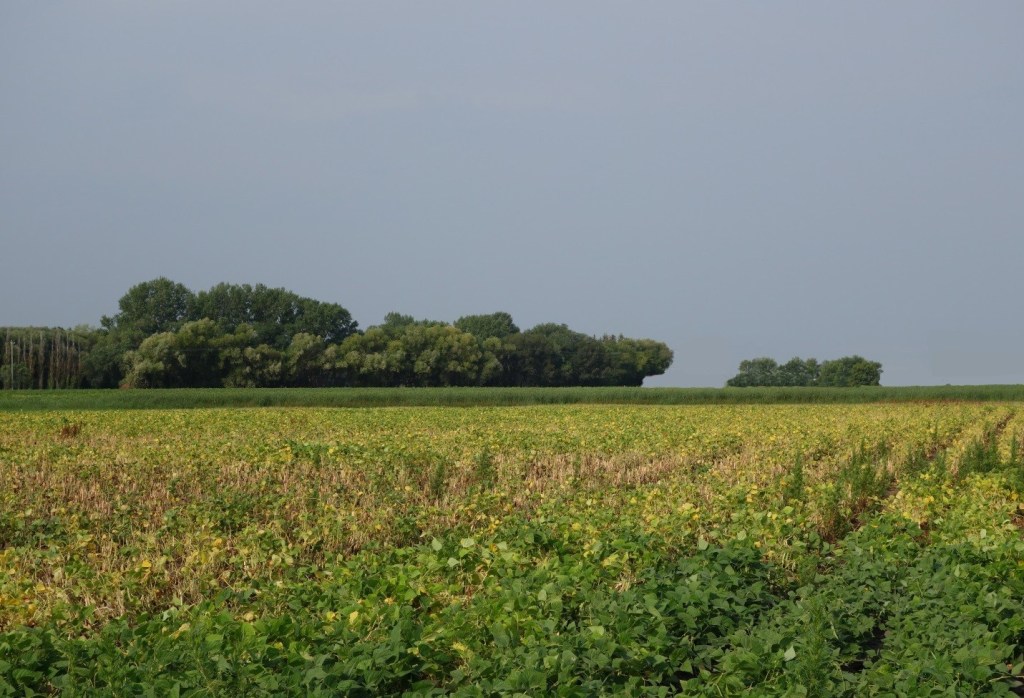As we approach seeding season, it’s time for those growing soybeans to start thinking about keeping an eye out for soybean diseases, like Phytophthora root rot. The dry weather last year in many parts of Western Canada kept soybean diseases at bay, but it doesn’t mean that the threat isn’t there for 2019.
In 2017, 35% of Manitoba soybean fields tested positive for the presence of Phytophthora rot.1 With the threat of Phytophthora root rot on the rise, here is how you can identify and control the disease if it makes its way onto your fields.
What is Phytophthora Root Rot and What Causes It?
The primary causal agent, Phytophthora sojae is a fungal-like pathogen that survives in soil for up to five to 10 years. Soybean is the only known crop host for this pathogen.
Phytophthora root rot is favourable to extended wet and warm soil conditions, especially saturated soil early in the growing season. It can occur on heavy, poorly drained or compacted soils, and the ideal temperature for infection is between 15 and 27°C.
How to Identify Phytophthora Root Rot
Since Phytophthora can attack soybeans at any time during the growing season, it’s important to continually scout your field for symptoms. Once infected, it may take several weeks for above-ground symptoms to become evident.
 Early Season Symptoms
Early Season Symptoms
- Infected seeds become dark brown and soft to mushy
- In the seedling stage:
- Infected stems appear bruised and are soft
- Secondary roots are rotted
- Leaves turn yellow and brown
- Plants can wilt and die
Mid or Late Season Symptoms
- Brown lesions on the roots
- Roots rot and degrade
- Dark brown discolouration on the stem, extending from the soil line
- Leaves turn yellow, wilt and typically stay attached after plant death
Plants may die throughout the season, and they are often killed in patches or in sections of rows.
How to Control Phytophthora Root Rot
- At the beginning of the season, try to reduce the likelihood of saturated soil by taking steps to increase drainage where possible.
- Grow a Phytophthora-resistant variety. CANTERRA SEEDS offers two varieties from PRIDE Seeds that are resistant to this disease:
PS 0044 XRN – protects against Phytophthora Rps 1k gene.
PS 0068 XR – protects against Phytophthora Rps 1c gene. - Seed treatment with fungicides and activity against Phytophthora.
- Crop rotation can be helpful, as successive years of soybeans on the same fields may increase damage potential.
- Tillage may help, as reduced tillage or no-till areas absorb more rainfall and are more easily saturated.
1Source: Manitoba Pulse & Soybean Growers, 2017 Survey of Soybean Root Rot in Manitoba, https://www.manitobapulse.ca/2018/05/2017-survey-of-soybean-root-rot-in-manitoba/.


